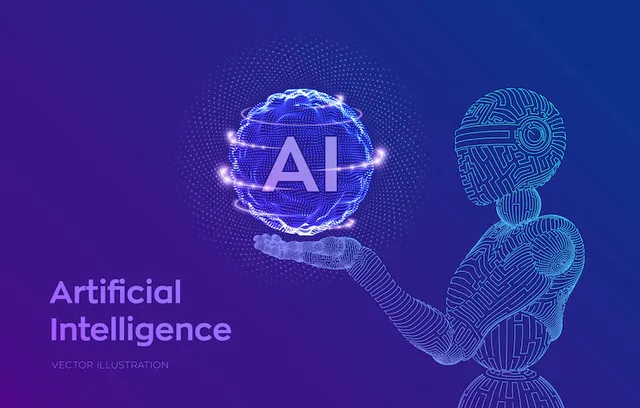SUB FIELD OF AI(Artificial Intelligence) AS A MACHINE LEARNING
Starting With The Name Of Allah The Most Kind, The Most Merciful
SUB FIELD OF AI(Artificial Intelligence) AS A MACHINE LEARNING
Hi friends i hope you all are fine and happy with your loved ones, we are already discussed about AI and how its work now we go deeply in this field and try to learn something new, so best wishes to all of you😇.
INTRODUCTION
Machine learning is a subfield of artificial intelligence (AI) that is concerned with the development of algorithms and statistical models that enable computers to learn from data, without being explicitly programmed. Machine learning algorithms can be divided into three broad categories: supervised learning, unsupervised learning, and reinforcement learning.
Supervised learning
Supervised learning algorithms are used when the output or target variable is known, and the goal is to learn a mapping from the input variables to the output variables. Examples of supervised learning algorithms include linear regression, logistic regression, and decision trees.
Unsupervised learning
Unsupervised learning algorithms are used when the output or target variable is not known, and the goal is to discover patterns or structure in the data. Examples of unsupervised learning algorithms include k-means clustering and principal component analysis.
Reinforcement learning
Reinforcement learning algorithms are used to learn from experience by taking actions in an environment and receiving feedback in the form of rewards or penalties. This type of learning is used in applications such as game playing and robot control.
Machine learning is widely used in various fields such as computer vision, natural language processing, speech recognition, bioinformatics, and more.
It is important to note that Machine learning is a rapidly evolving field and new techniques and algorithms are constantly being developed and improved.
EXPLANATION
Supervised learning is the most common type of machine learning and it involves training a model on a labeled dataset, where the input variables (also known as features or predictors) and the output variable (also known as the target or label) are provided. The goal of supervised learning is to learn a function or model that can map the input variables to the output variable. This function or model is then used to make predictions on new, unseen data. Some examples of supervised learning algorithms include:
Linear regression: a method used to model the relationship between a scalar dependent variable y and one or more independent variables denoted X.
Logistic regression: a method used to model a binary dependent variable. It is used to predict a binary outcome (1 / 0, Yes / No, True / False) given a set of independent variables.
Decision tree: a decision support tool that uses a tree-like model of decisions and their possible consequences, including chance event outcomes, resource costs, and utility.
Unsupervised learning is used when the output variable is not provided. The goal of unsupervised learning is to discover patterns or structure in the data. This can be useful for tasks such as clustering, dimensionality reduction, and anomaly detection. Some examples of unsupervised learning algorithms include:
K-means clustering: a method used to partition a dataset into k clusters, where each observation belongs to the cluster with the nearest mean.
Principal component analysis (PCA): a method used to reduce the dimensionality of a dataset while preserving as much of the variation as possible.
Reinforcement learning is used to learn from experience by taking actions in an environment and receiving feedback in the form of rewards or penalties. The goal is to learn a policy, which is a mapping from states to actions, that maximizes the expected cumulative reward over time. Some examples of reinforcement learning algorithms include Q-learning and SARSA.
It's also worth mentioning that there are many different techniques and algorithms within each of these categories. For example, in supervised learning, there are different types of decision tree algorithms (e.g C4.5, C5.0, Random Forest) , and in unsupervised learning, there are different types of clustering algorithms (e.g. hierarchical clustering, density-based clustering, etc.).
In addition, there is also a concept called Semi-supervised learning which is a combination of supervised and unsupervised learning. It's used when we have a small labeled dataset and a large unlabeled dataset. In this case, the algorithm uses the labeled dataset to learn the structure of the data, and then applies this structure to the unlabeled dataset.
Overall, machine learning is a vast and complex field with many different techniques and algorithms. The choice of algorithm depends on the specific problem and the type and quality of the data available.
Thanks everyone for your special time, In Sha Allah we will provide you with the best material.

Hi, @princemalick
Thank you so much for sharing your post at #steem4pakistan community. We are extremely happy to see your post.
Review :
Kindly stop posting until you verified on Newcomers community and please first take parts on Newcomer's achievement part and then comes to our community.
Use steemexclusive tag on your post. And tty to join club5050 through your power ups.
Regards,
Faran Nabeel